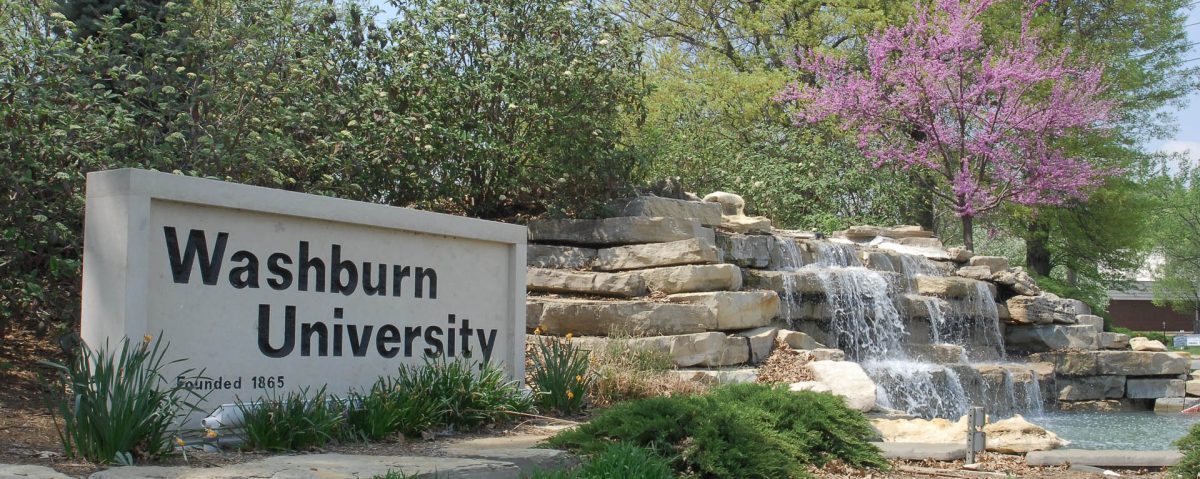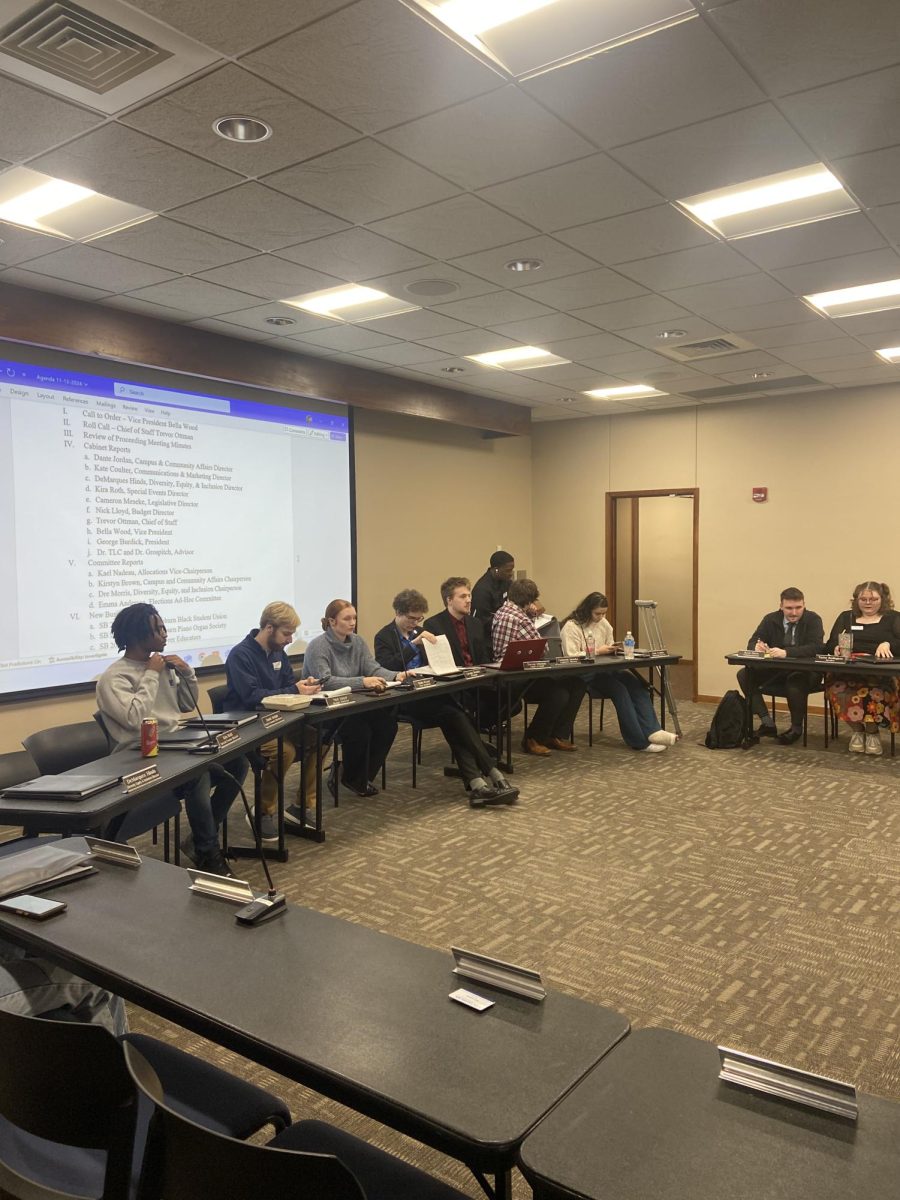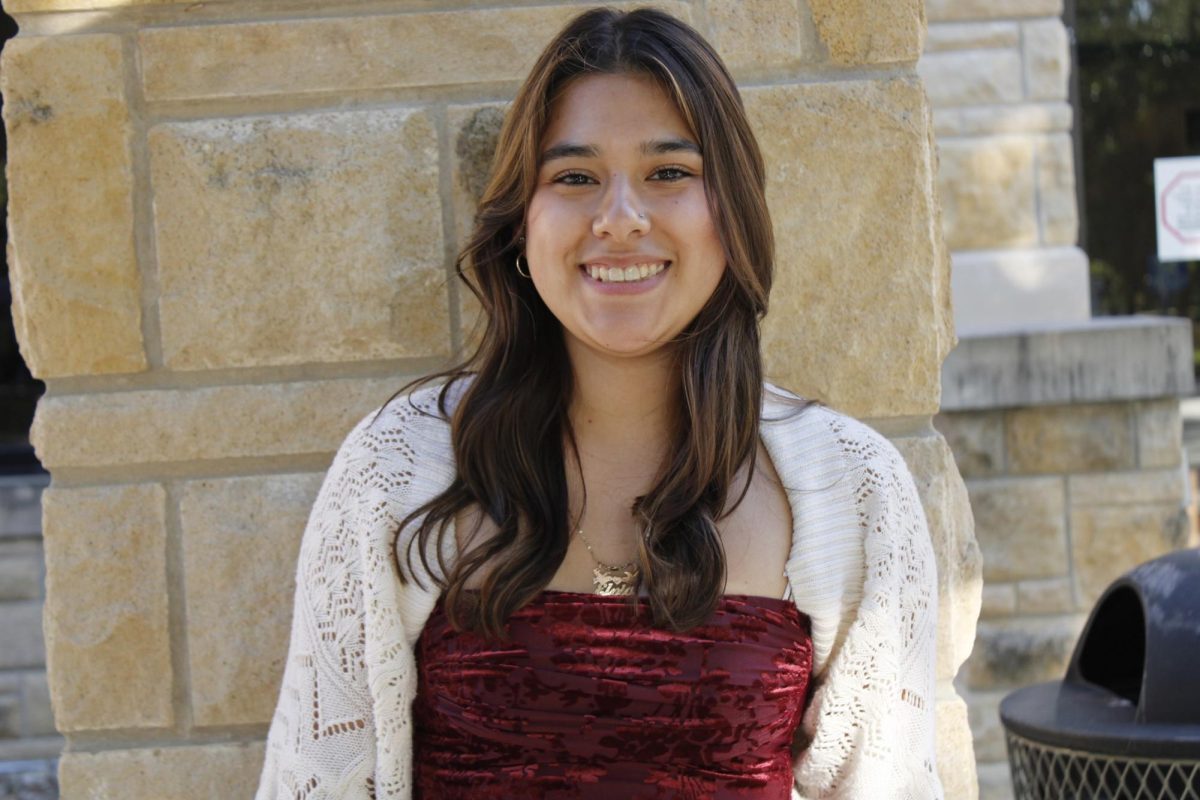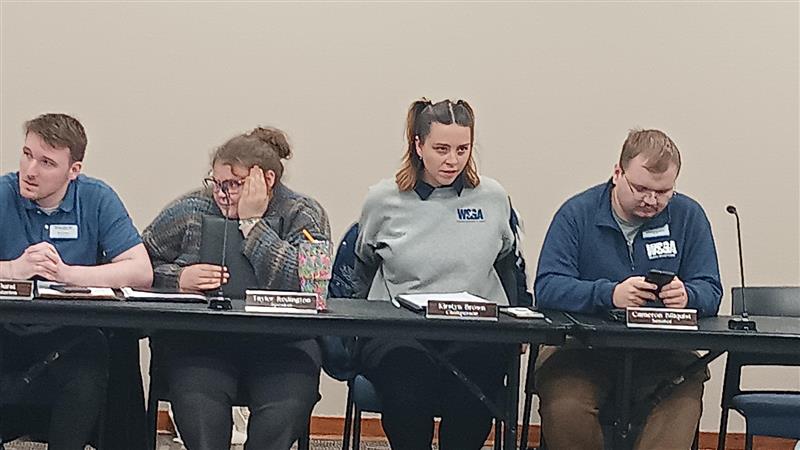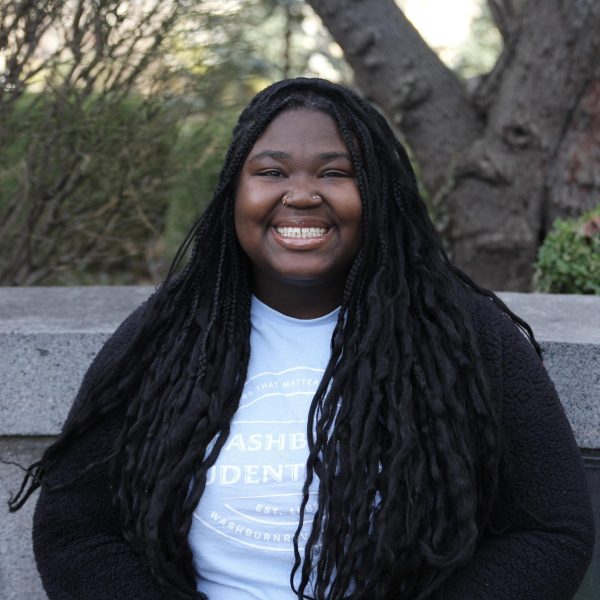Student enrollment may have increased this year compared to most. Since COVID-19 three years ago, Washburn University is starting to fill out more and see new faces. This influx of students has brought about a noticeable change in the campus atmosphere, encouraging more student involvement and activities.
Isaiah Bryant-Collier, director of student engagement and development, started at Washburn a month before the campus went on lockdown because of COVID-19 and has been a faculty member for almost four years now.
“I think there’s been an increase in terms of enrollment because the energy is different. This year I feel like incoming freshmen – but also returners – are coming in with more passion and more interest in getting active on campus,” Bryant-Collier said.
Molly Pierson, the assistant dean of students and director of residential living, also joined Washburn University during the pandemic.
“When I came to Washburn, I would say we were still recovering from the COVID-impacted years. Coming into this year, I think is when we felt like we had finally moved past just recovery and got back on trend with what we hope our occupancy numbers look like,” Pierson said.
The increase in student involvement has led to a surge in interest in student organizations. The university has worked to facilitate the creation of new student organizations and provide funding for their activities. The Office of Student Involvement and Development and Washburn Student Government Association have made it easy for students to start clubs and receive support for their initiatives.
“We make it extremely easy. We pride ourselves in not putting challenges and barriers in place. We want to make it as easy as possible for students to start a student org. It takes like 10 minutes, to be honest,” Bryant-Collier said.
The steps to creating a student organization are quite simple. First you need five current students who share the same interest and a faculty staff member to be your advisor. You can sign up on Bods Connect or seek help from the OSID.
While the growth in enrollment has brought about numerous positive changes, it has also raised questions about the availability of resources.
To keep students with enough funding, last semester the WSGA president and vice president changed the rate of the activity fee to increase 3% when tuition is increased. Right now the activity fee is $56.75 versus the $55 it was last semester.
Despite the initial challenges posed by the pandemic, Washburn University has adapted and worked toward a more inclusive and engaging campus life.
According to Pierson, residential living has been using available space to meet student housing needs, converting some double rooms to single rooms, and even allowing international students to live in the Washburn Village, ensuring their comfort and convenience.
International students wanted more space to be able to cook meals that reminded them of home. Sometimes that is difficult when living in regular dorms that do not have kitchens in suites. Residential Living and the International House was able to open up Washburn Villages to first year international students who may want to cook more than eat at the food courts on campus.
With COVID-19 being behind us the Living Learning Center has opened its bottom floor for students to move in rather than using it as a floor for students who have COVID.
Last semester two new scholarships were added for Shawnee County residents. Washburn has also increased scholarships that have already been offered and an influx of advertisements for Washburn University has increased. One or both could be the reason behind the increase of freshmen this year.
According to the President of Washburn University, JuliAnn Mazachek, it’s hard to attribute the enrollment increase to any one factor, they believe advertising was something they really needed to do and that there has been a tremendous positive reaction to their new scholarship programs as well.
“We believe advertising was something we really needed to do. But our scholarships, while I can’t tell you the numbers yet, because we don’t actually completely know them. We will in a number of weeks. But we know anecdotally that there has been a tremendous positive reaction to our scholarships,” Mazachek said.
Here are some things we can conclude about enrollment this semester so far. Student housing has almost 100 more students compared to last year. Classes such as Washburn Experience and First Year Writing are all full and students had to seek out different classes to fill their schedules.
“I can tell you that our people living in housing on campus is up by almost 100 students from last year that we had a number of our courses that are usually taken by freshmen, we ran out of sections of courses,” Mazachek said.
Washburn University is experiencing a dynamic transformation. As students settle into the new academic year, the hope is that the current positive momentum will continue, fostering a thriving campus community.
Edited by Cheyenne Hittle and Karli Bayliss




